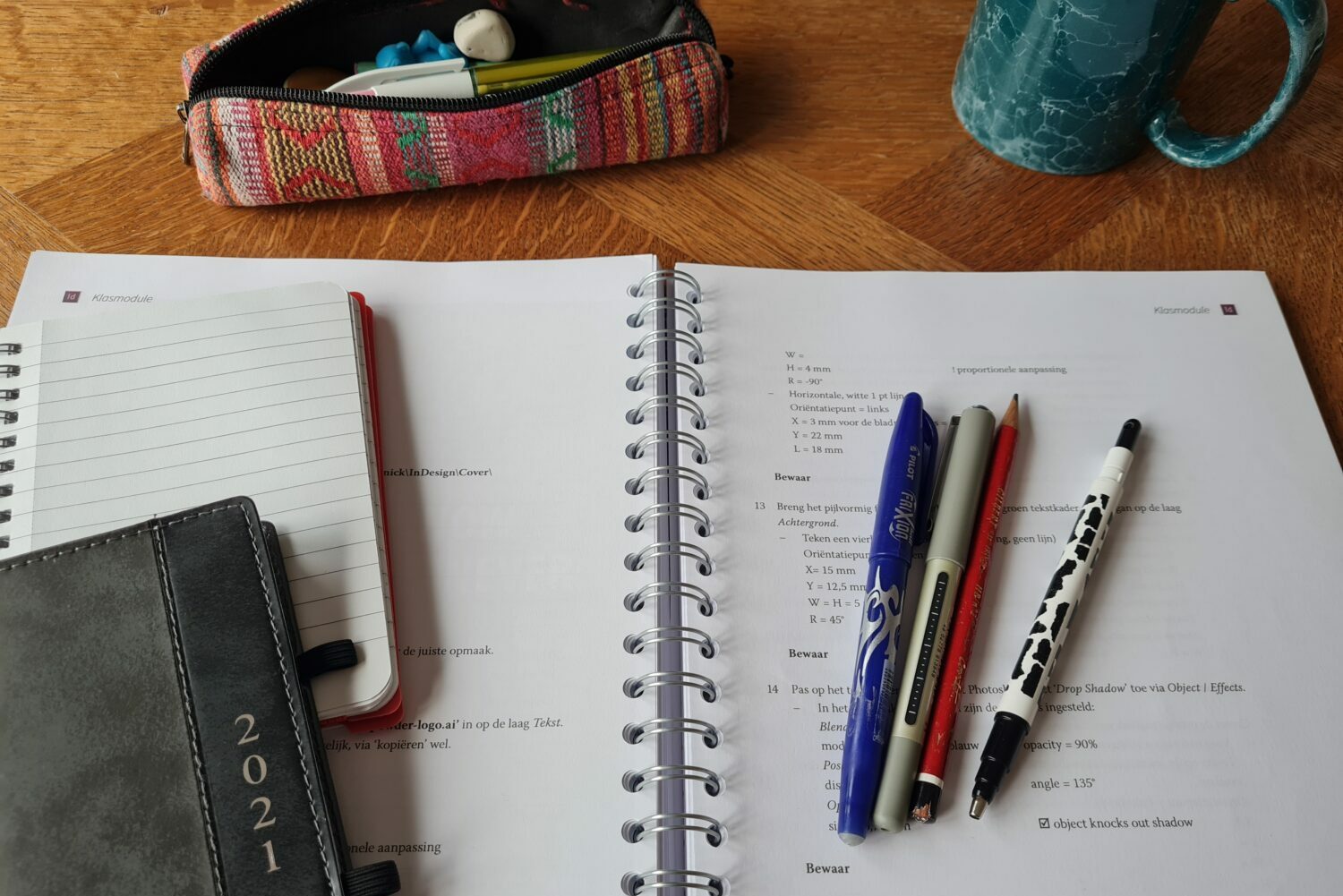
The magic of quizzing: 5 study methods that work
Wondering how to pass that tricky subject for the coming resits? How to get all the information into your head? Do it by getting it out! Years of surveys into study methods proved you remember more when you test yourself frequently. In fact, you’ve likely been studying wrong all along.
In 2013, researchers found that the most popular study techniques, such as rereading and highlighting, aren’t of much use. The time spent using these techniques simply doesn’t measure up against other study methods.
In fact, while these popular techniques do help to pass exams, the method that gives the highest scores, testing your own knowledge, is used the least. Quizzing yourself, often called active recall or practice testing, has been studied extensively. The 2013 study stated that ‘several studies have provided evidence for the efficacy of practice testing.’
It is truly a magic study shortcut. But if you have never studied this way, trying to test yourself might sound daunting. So, here are five easy ways to use active recall during the exam period.
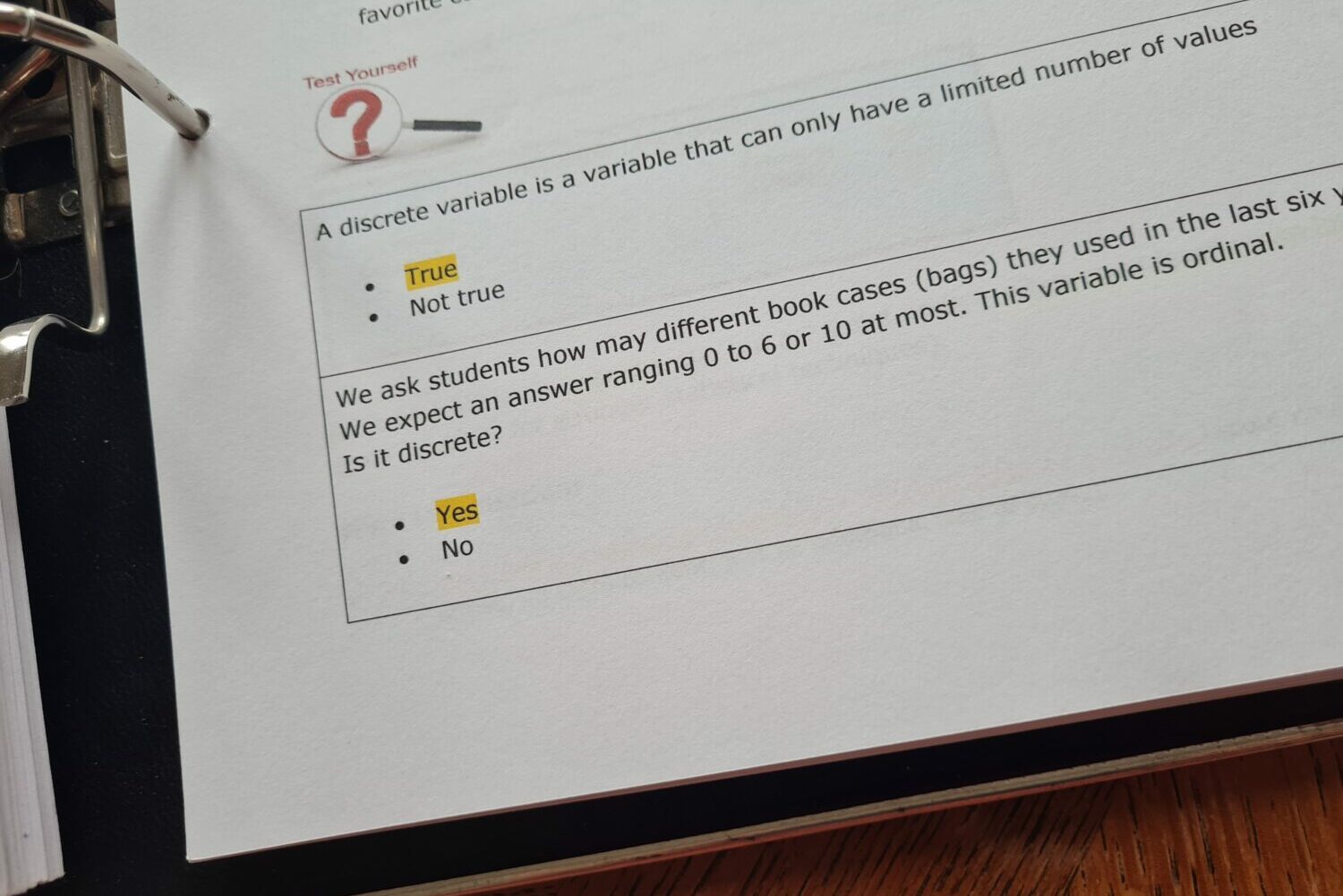
Practice tests
Remember those pesky practice exams teachers sometimes gave as homework? Those actually turn out to be a great way to study for tests and exams.
Using practice tests isn’t always possible because some teachers simply don’t have them. If they do have them, however, seize the opportunity! Any multiple-choice, short-answer, or fill-in-the-blank test given in class not only uses active recall but might also provide you with insight into what kind of tests will be given later.
Sometimes textbooks have questions or problems to practice with too. These are great as well, especially if they have been solved in class already.
If neither of those options is available, though, maybe the following methods will be your thing!
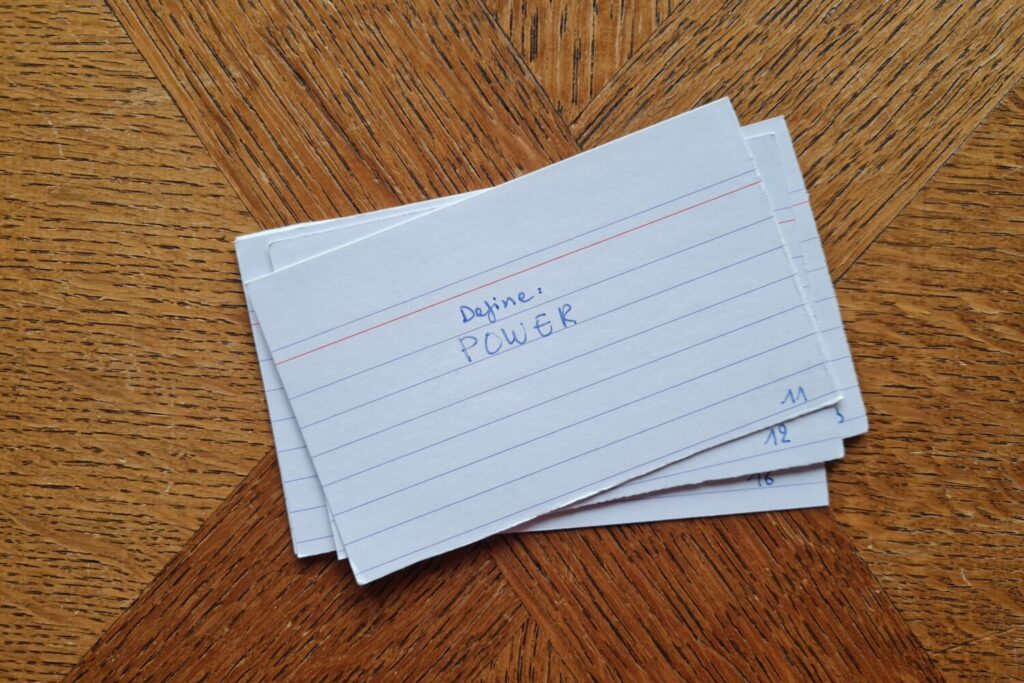
Flashcards
An oldie but a goodie: flashcards. Flashcards are little cards with a question on one side and the answer on the other. They’re great for self-testing because you can review them as often as you like.
It’s relatively easy to make your own flashcards with pen and paper, but many flashcard websites and mobile apps exist online if you don’t want to put in the manual labor. Popular examples are Quizlet and Anki. Sometimes, it is even possible to find flashcards already made by others that you can use for yourself.
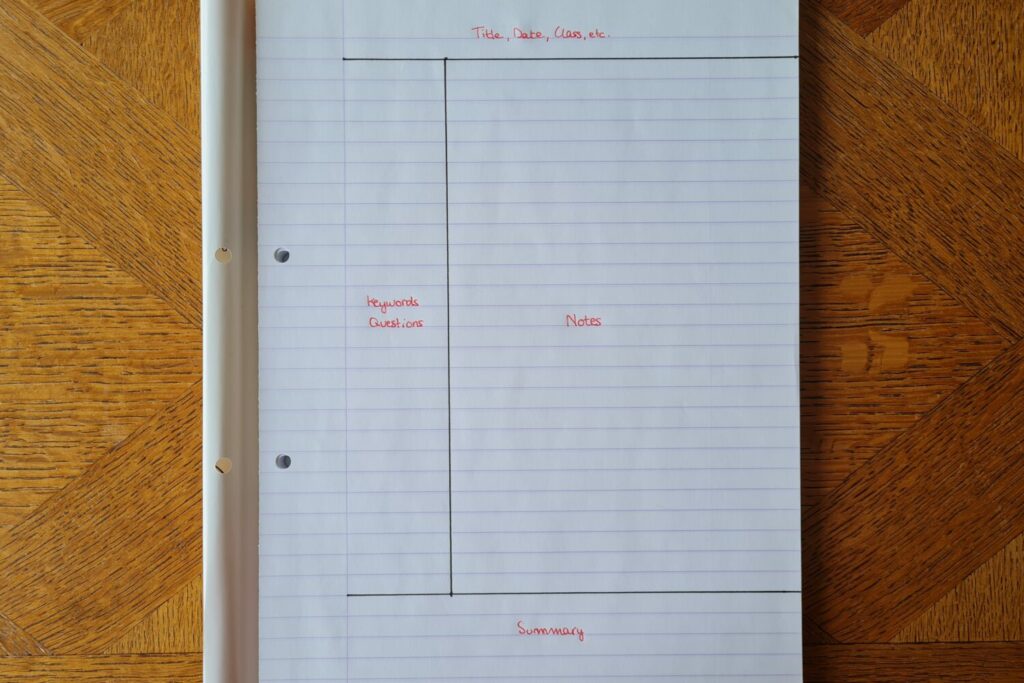
Cornell notes
A more ‘modern’ technique is the Cornell note-taking system. This technique was invented in the 40s by a professor at Cornell University. It was originally designed for taking notes in class but can definitely be used when studying from your syllabus. Cornell note-taking works as follows:
- Divide your sheet of paper into two parts, a smaller column on the left (+/- 5 cm) and a bigger one on the right. Also, leave space at the top and bottom of the page.
- Start by writing any important information about the notes up top — things like titles, dates, chapters, etc.
- Then use the space in the bigger right column to take your notes. Just like with regular note-taking, write down what is most important.
- Then, after you have finished taking notes, review them and write down the main points in keywords in the smaller left column. You can also turn the keywords into questions to quiz yourself with later.
- Finally, to complete the notes, summarize them in just a few sentences in the space you left at the bottom.
With your notes formatted this way, it is easy to test yourself on what you remember by only looking at the keywords or questions.
Dit bericht bekijken op Instagram
SQ3R
For those who aren’t ready to let go of rereading syllabuses, this reading comprehension method can compromise between reading and active recall. The name SQ3R stands for survey, question, read, recite, and review. It is a step-by-step reading technique that simultaneously uses active recall. Here’s how to practice it:
- Survey: in this first step, you refrain from reading a whole book or chapter and first skim the material for things that stand out like titles, sub-titles, graphics, etc.
- Question: then, write down questions you have about the information that stood out. For example, a title might say ‘SQ3R method’; a question that goes with that title would be ‘what is the SQ3R method.’
- Read: now you can finally read the text. But instead of reading passively, you are actively looking for the answers to your questions.
- Recite: after you have read everything, try to recite from memory what the answers to your questions were or the text’s main ideas. This can be done orally or written.
- Review: finally, summarize the main idea of the subject matter either orally or written.
Seems like a lot of steps? SQ3R can be practiced while reading any book just by frequently recalling what you have just read.
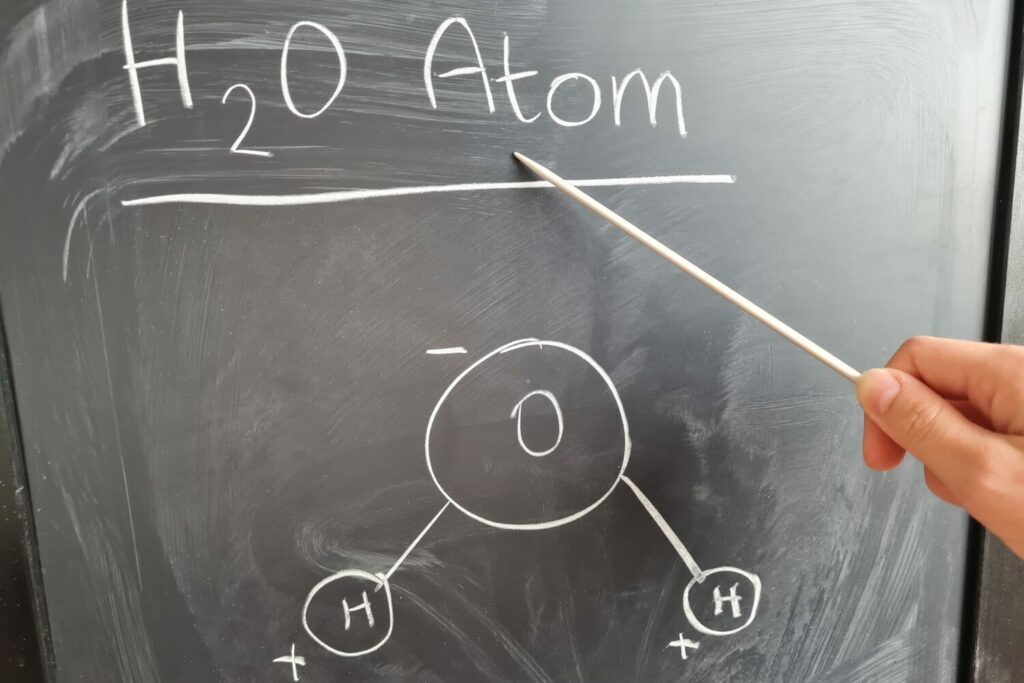
Feynman technique
Ever heard that to truly understand something, you have to teach it? The Feynman technique does just that. It was named after physicist Richard Feynman, sometimes called “The Great Explainer” because he could teach anything simply.
The technique says to teach what you’ve learned about a topic you are studying to someone with no knowledge of the subject. You don’t actually have to find someone to teach; teaching a houseplant or your coffee mug will work just as fine.
Teach them what you have learned without using your book or syllabus to remind you. Use simple language. After your explanation, remember what points you couldn’t explain well and look up the explanation for yourself. After that, teach the subject again until even a child could understand you. So, if you use any technical terms, try to simplify them and include easy examples or analogies.
Text and pictures: © Lisa Poppe



